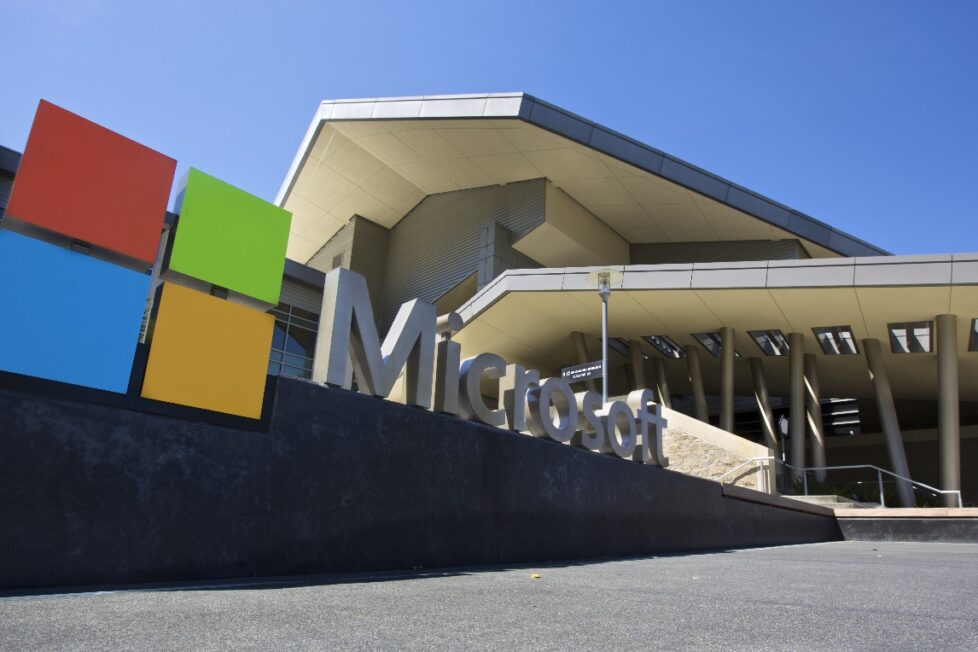Microsoft Launches Solutions Enabling Scope 3 Emissions Tracking & Analysis

Microsoft unveiled today of a series of new sustainability-focused digital solutions, building out the capabilities of its Microsoft Cloud for Sustainability offering. The enhancements include tools to help companies improve Scope 3 emissions tracking and sustainability data management.
The new solutions follow the introduction by Microsoft of initially its Cloud for Sustainability in July 2021, aimed at enabling enable companies to more easily and effectively to record, report, reduce and replace their emissions through Software as a Service (SaaS) tools connected to real-time data sources to provide accurate carbon accounting, performance measurement, and action-oriented insights. Earlier this year, Microsoft announced the general availability of Cloud for Sustainability, along with its integration with Sustainability Manager, a new solution unifying data intelligence, and offering organizations an increasingly automated view into the emissions impact of their entire operations and value chain.
In a blog post announcing the new features, General Manager for Microsoft Cloud for Sustainability Shefy Manayil Kareem, said:
“With support from our partners, we’re continuing to add ESGEnvironmental, social, and governance (ESG) criteria are a set of standards for a company’s operations that socially conscious investors use to screen potential investments. More capabilities and release updates to our extensible platform. The goal is to help organizations around the globe unify sustainability data intelligence and more easily track and reduce the environmentalEnvironmental criteria consider how a company performs as a steward of nature. More footprint of their operations and value chains.”
One of the key new enhancements announced by Microsoft is improved capability to track Scope 3 emissions, or those that are generated in companies’ value chains, outside of their direct control. The solution now includes the ability for companies to incorporate waste data, including tracking waste partners, and disposal methods and materials. The solution also allows users to track fuel- or power-related emissions within their operations from leased facilities or assets, calculate emissions by activity, and set and track goals for future reductions.
Additional new features include enhanced capability to analyze and understand emissions by comparing monthly performance year over year, and to drill into emissions sources and activities by organizational unit.
Microsoft also announced that it is expanding Cloud for Sustainability’s data model schema to track water data as well as carbon emissions data.
Going forward, Microsoft announced plans to launch of EnvironmentalEnvironmental criteria consider how a company performs as a steward of nature. More Credit Service, targeting the voluntary carbon markets with a service aimed at addressing the markets’ capability to scale, with a common infrastructure aimed at decreasing time to market, and increasing the quality and quantity of credits by automating, simplifying, and better securing the lifecycle processes.
Kareem added:
“With integrated capabilities from Microsoft and our partners, we’re enabling organizations to gain the transparency and insights they need to manage their environmentalEnvironmental criteria consider how a company performs as a steward of nature. More footprint, embed sustainability through their organization and value chain, and make strategic business investments that drive value.”
The post Microsoft Launches Solutions Enabling Scope 3 Emissions Tracking & Analysis appeared first on ESG Today.